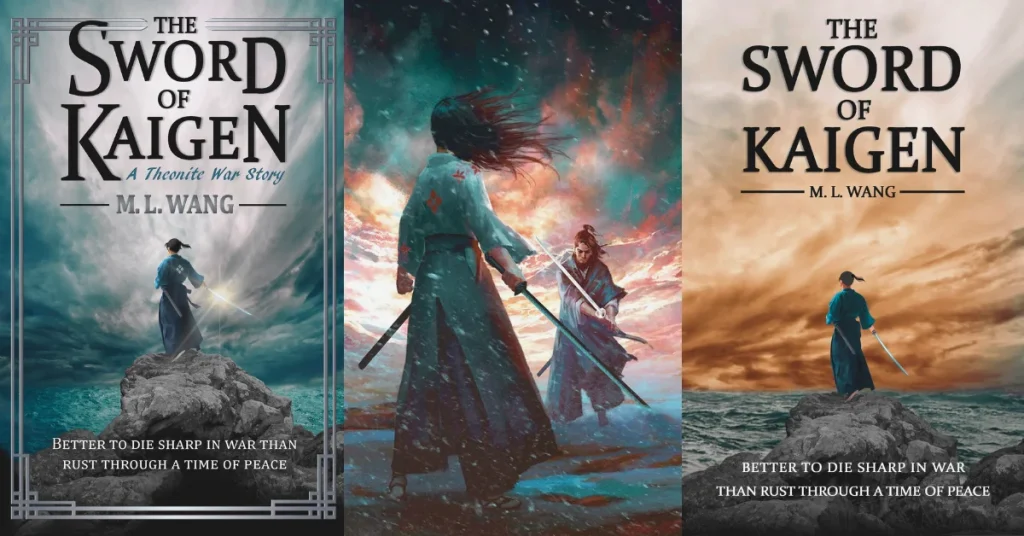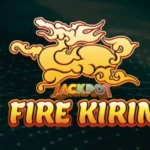Introduction to The Sword of Kaigen
Embark on an epic journey with The Sword of Kaigen, where the harsh realities of war, the allure of elemental magic, and the weight of familial legacy collide. This novel invites readers into a world full of conflict—and inner turmoil—promising an unforgettable exploration of duty, love, and resilience.
Setting and Worldbuilding
The narrative draws heavily from Japanese cultural influences, building a unique and immersive fantasy realm. The setting ranges from serene mountain villages to chaotic battlefields, all meticulously detailed to enhance emotional and narrative depth.
- Inspired by East Asian traditions and landscapes
- Environments transition from peace to war seamlessly
- Elemental magic, especially water manipulation, is not only a weapon but a personal and emotional expression
This atmospheric world deepens the reader’s engagement by making the setting an integral part of character development and plot movement.
Readers also enjoyed this connected article—check it out.
Characters and Their Arcs
The Sword of Kaigen is rich in character development, weaving personal struggles with societal expectations.
- Mamoru Matsuda: The eldest son of a famed warrior family, caught between tradition and truth as he confronts his values.
- Misaki Matsuda: A mother with a hidden past, who balances family life with deep internal conflict and ultimately transforms through grief and resilience.
- Supporting cast: Mentors, classmates, and rivals challenge the protagonists, driving emotional and psychological growth.
Every interaction reflects themes like duty, sacrifice, and identity, contributing to an emotionally layered narrative.
Core Themes Explored
The Sword of Kaigen intricately examines war, magic, and legacy, blending external conflict with internal evolution.
- War: Explored as devastation, not glorification. The impact on families, minds, and communities is central.
- Magic: Elemental powers reflect personality, culture, and emotional conflict, making the magical system deeply personal.
- Legacy: Characters are weighed down and shaped by their lineage, showing how inherited beliefs can both guide and harm.
These themes collectively push the story beyond action, turning it into a deeply reflective experience.
Writing Style and Pacing
The novel’s writing style is immersive and emotive. It balances lyrical prose with clear, impactful scenes.
- Vivid descriptions ground readers in setting and emotion
- Smooth pacing alternates between high-stakes battles and reflective character moments
- Authentic dialogue enriches relationships and cultural tone
This rhythm allows readers to stay emotionally engaged while following a well-structured narrative.
The journey doesn’t stop here—explore more insights on our blog!
Reader Reviews and Reception
Readers and critics alike have praised The Sword of Kaigen for its emotional gravity and unique worldbuilding.
- Fans commend the book’s depth in character development and cultural authenticity
- Reviews highlight the integration of elemental magic with meaningful storytelling
- Themes of loyalty, identity, and grief resonate widely, with many calling it one of the most heartfelt fantasy novels in recent years
Discussion across social platforms shows strong reader engagement and emotional connection to the characters and their journeys.
Influence on the Fantasy Genre
The Sword of Kaigen brings a fresh and vital voice to modern fantasy by combining traditional themes with culturally grounded storytelling.
- Introduces martial arts and elemental powers in a grounded, emotionally complex way
- Challenges genre norms with a focus on motherhood, grief, and internal struggle
- Inspires new writers to incorporate cultural diversity and emotional realism into fantasy storytelling
Its impact reaches beyond its readership, influencing contemporary fantasy to be more inclusive, character-driven, and thematically rich.
Conclusion: Why You Should Read The Sword of Kaigen?
The Sword of Kaigen is far more than an elemental fantasy. It’s a powerful exploration of grief, legacy, and personal identity. With unforgettable characters, a deeply immersive setting, and themes that challenge and comfort, this novel offers a rare blend of action and introspection.
Whether you’re seeking a deeply emotional story, a fresh take on fantasy, or a character-driven plot with real stakes, The Sword of Kaigen delivers all that and more. It stands as a testament to the evolving genre of fantasy—where magic meets humanity, and tradition is both weapon and wound.
Catch up on the latest updates anytime from 2A Magazine.
FAQs
What makes The Sword of Kaigen different from typical grimdark fantasy?
It blends emotional depth and reflective themes with war and magic, offering more healing and introspection than relentless darkness.
Who are the protagonists and what do they represent?
Mamoru represents the burden of legacy and youthful disillusionment, while Misaki symbolizes hidden strength and the struggle for self-worth.
How significant is the cultural influence in the story?
The novel is heavily inspired by Japanese culture, from setting and honor codes to martial arts and family roles, making the world rich and authentic.
Is the novel focused more on action or emotional drama?
It offers a strong balance—intense battles paired with profound emotional arcs, especially centered on grief, family, and personal growth.
Is The Sword of Kaigen suitable for readers new to fantasy?
Yes. Its emotional clarity, character-driven plot, and grounded storytelling make it accessible even to those new to the genre.







